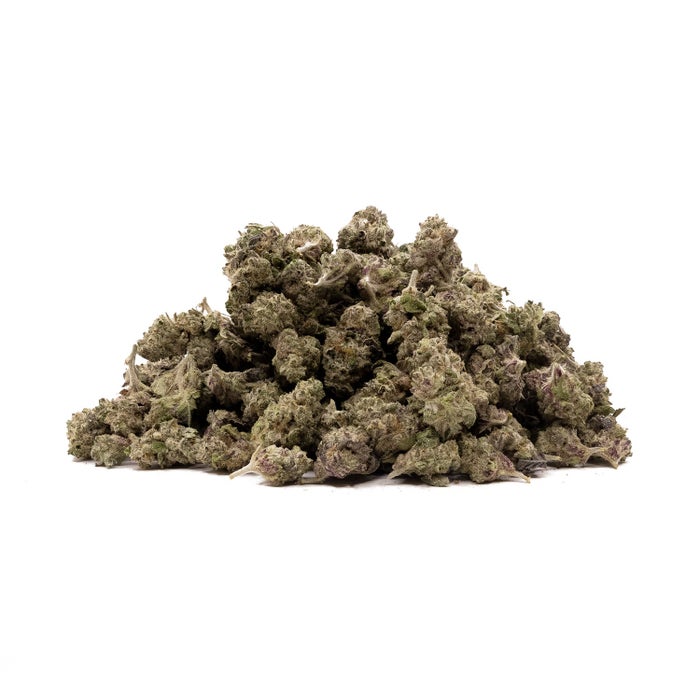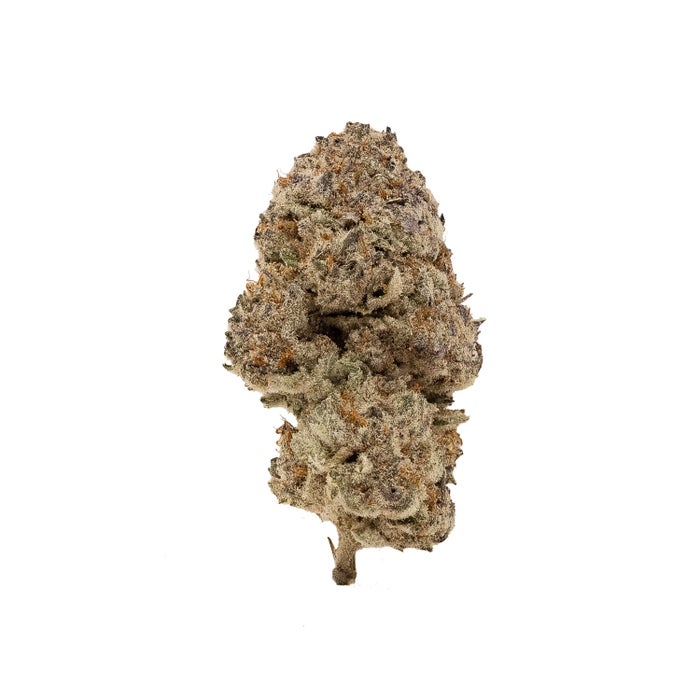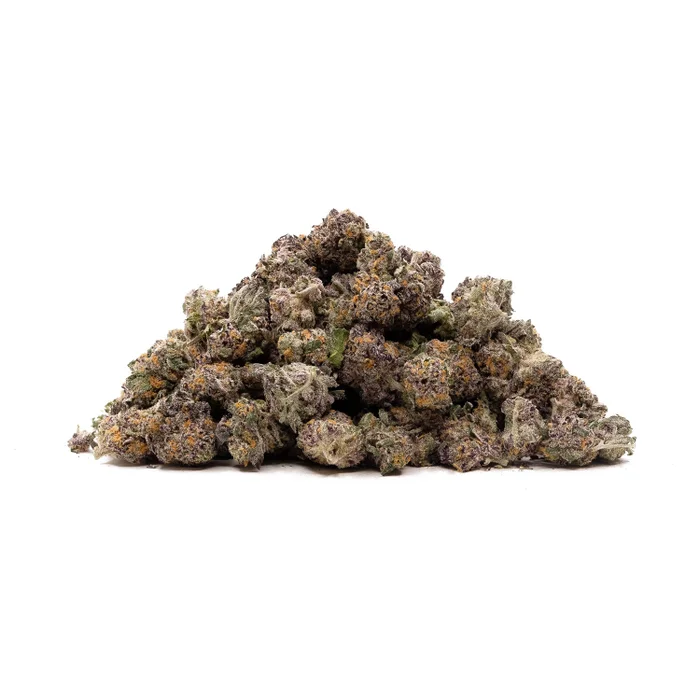- No Products In The Cart
- start shopping
Cannabis for Chronic Pain: Unlocking its Secrets

Can cannabis be the solution to chronic pain? If you’re tired of living with persistent pain and seeking a potential solution, the world of cannabis holds promising possibilities. This guide explores the intriguing connection that emphasizes the benefits of cannabis for chronic pain relief. Join us as we unveil the therapeutic potential of cannabis, providing insights and information to help you make informed decisions about managing your pain.
Chronic Pain: A Global Health Concern
Chronic pain is a global health concern, affecting many adults. It encompasses various conditions, including neuropathic pain, fibromyalgia, and arthritis. Its prevalence in society is on the rise, potentially linked to aging populations and the overall increase in health issues. The impact of chronic pain extends beyond the physical realm, touching down on mental health, social interactions, and overall well-being. Consequently, finding effective pain management solutions is crucial to enhancing the lives of individuals, that’s where cannabis comes in.
Exploring New Grounds: Cannabis for Chronic Pain
Cannabis has emerged as a promising alternative for chronic pain management. Its use for medicinal purposes dates back centuries, with historical records documenting its analgesic properties. In recent years, there has been a resurgence of interest in cannabis as researchers and healthcare professionals recognize its therapeutic potential. One of the key advantages of cannabis is its high margin of safety, especially when compared to opioids, which are commonly prescribed for chronic pain but possess a risk of addiction.
Cannabis contains numerous compounds known as cannabinoids, which interact with the body’s endocannabinoid system (ECS). Of these cannabinoids, tetrahydrocannabinol (THC) and cannabidiol (CBD) have garnered the most attention. THC is responsible for the psychoactive effects commonly associated with cannabis, while CBD does not produce intoxication. The combination of THC and CBD, along with other cannabinoids and terpenes, may have synergistic effects in relieving pain and reducing inflammation.
Cannabis and Its Components: THC and CBD
THC and CBD are the two primary cannabinoids found in cannabis. THC is well-known for its psychoactive properties, which can induce euphoria or a “high.” However, it also exhibits analgesic properties and has been shown to modulate pain circuitry systems in the body. On the other hand, CBD is non-intoxicating and does not produce the same psychoactive effects as THC. CBD has anti-inflammatory properties and can help alleviate pain by reducing inflammation and interacting with neurotransmitters in pain signalling.
Mechanisms of Action: How Cannabis Relieves Chronic Pain
The endocannabinoid system (ECS) regulates various physiological processes, including pain perception. Cannabinoids, such as THC and CBD, interact with the ECS and its receptors, primarily the CB1 and CB2 receptors, to modulate pain signalling pathways. By binding to these receptors, cannabinoids can dampen pain signals, reduce inflammation, and promote well-being. This interaction between cannabinoids and the ECS provides a potential explanation for the analgesic effects of cannabis in chronic pain conditions.
Research also suggests that cannabis may be particularly effective in managing neuropathic pain characterized by damaged or dysfunctional nerves. Studies have shown that cannabinoids can target specific receptors involved in neuropathic pain pathways, relieving individuals with diabetic neuropathy or post-herpetic neuralgia. Additionally, cannabis has shown promise in alleviating symptoms of fibromyalgia and arthritis, further highlighting its potential as a comprehensive pain management solution.
Research Evidence: Supporting the Use of Cannabis for Chronic Pain Relief
Numerous clinical studies and research trials have investigated the use of cannabis for chronic pain, providing valuable insights into its efficacy. For example, a study published in the Journal of Pain found that cannabis use was associated with significant pain reduction in patients with various chronic pain conditions, including neuropathic pain, musculoskeletal pain, and inflammatory pain.
These findings, along with many others, highlight the potential of cannabis as a viable option for chronic pain relief. However, it is important to note that individual responses to cannabis may vary, and further research is still needed to fully understand its mechanisms of action and optimize its use in pain management.

Addressing Concerns: Safety, Side Effects, and Legal Considerations
When considering cannabis for chronic pain management, addressing common concerns regarding its safety, side effects, and legal considerations is important. While cannabis is generally considered safe, it is not without potential risks. Side effects such as dry mouth, dizziness, and fatigue can occur, especially when higher THC concentrations are used. Additionally, individuals with a history of psychiatric disorders or those who are pregnant or breastfeeding should exercise caution when considering cannabis use.
Furthermore, the legal landscape surrounding cannabis varies across different jurisdictions. Familiarizing oneself with local laws and regulations is essential to ensure compliance. In some regions, medical cannabis programs allow individuals with qualifying conditions to access cannabis for therapeutic purposes. Consulting with healthcare professionals or cannabis specialists can provide valuable guidance on navigating legal considerations and selecting appropriate cannabis products.
Cannabis Delivery Methods: Finding the Right Option
Cannabis can be consumed using various delivery methods, and choosing the right option depends on individual preferences and medical needs. Smoking and vaporizing are common methods that provide quick onset of effects, but they may not be suitable for individuals with respiratory issues. Cannabis oils and tinctures offer a discreet and precise dosing option, allowing for easy titration and control over the dosage. Edibles, such as infused gummies or baked goods, provide a longer-lasting effect but require more time to take effect.
Each delivery method has pros and cons, and it is essential to consider factors such as bioavailability, the onset of effects, and personal preferences when selecting a cannabis delivery method. Consulting with healthcare professionals or cannabis experts can help individuals make informed decisions based on their needs.
Integrating Cannabis into a Comprehensive Pain Management Plan
While cannabis shows promise as an alternative for chronic pain relief, it is important to emphasize the importance of a comprehensive pain management approach. Chronic pain is a complex condition requiring a multidisciplinary strategy involving various healthcare professionals. Integrating cannabis into an existing pain management plan should be done in consultation with healthcare providers, who can guide appropriate dosages, potential drug interactions, and monitoring of treatment effectiveness.
Open communication between patients, healthcare providers, and specialists ensures that cannabis is integrated effectively and safely into the overall pain management strategy. This collaborative approach allows for personalized treatment plans tailored to individual needs, maximizing the potential benefits of cannabis while minimizing potential risks.
Conclusion
When it comes to chronic pain relief, cannabis holds tremendous promise as a valuable option. With its ability to interact with the endocannabinoid system and exhibit analgesic properties, cannabis presents an intriguing alternative to traditional pain medications. However, it is crucial to approach the use of cannabis for chronic pain with caution and under the guidance of healthcare professionals. Consulting with experts in the field can ensure the proper dosage, minimize potential risks, and maximize the potential benefits of cannabis as a pain management solution. By taking an informed and responsible approach, individuals may find relief and improve their overall well-being.
FAQs
How do you deal with chronic pain mentally?
Dealing with chronic pain mentally can be challenging, but some strategies can help. Engaging in relaxation techniques such as deep breathing, meditation, and mindfulness can promote a sense of calm and reduce stress. Seeking support from mental health professionals or joining support groups can provide a safe space to express emotions and learn coping strategies. Additionally, practicing self-care, engaging in hobbies, and maintaining a positive outlook can contribute to overall mental well-being while managing chronic pain.
How do you cope with pain?
Coping with pain involves a multifaceted approach. Working closely with healthcare professionals to develop an individualized pain management plan is important. This may include a combination of medications, physical therapy, occupational therapy, and other treatments. Non-pharmacological approaches such as heat or cold therapy, gentle exercises, and relaxation techniques can also provide relief. Maintaining a healthy lifestyle with regular exercise, a balanced diet, adequate sleep, and stress management can contribute to overall pain management and well-being.
Does medical cannabis help with chronic pain?
Medical cannabis has shown promise in providing relief for chronic pain. The cannabinoids present in cannabis, such as THC and CBD, interact with the body’s endocannabinoid system and pain signalling pathways, potentially reducing pain and inflammation. Numerous studies have reported positive outcomes in patients using medical cannabis for chronic pain conditions. However, it is essential to consult with healthcare professionals and consider individual factors before incorporating medical cannabis into a pain management plan.
How long does cannabis take to work for pain?
The onset and duration of cannabis effects can vary depending on the delivery method used. When smoked or vaporized, cannabis effects can be felt within minutes and may last for a few hours. Edibles or oral cannabis products may take longer to take effect, typically ranging from 30 minutes to two hours, but can provide longer-lasting relief. It is important to start with a low dose, titrate gradually, and allow sufficient time for the effects to be felt before adjusting the dosage.
What are the benefits of cannabis oil for pain?
Cannabis oil, which typically contains a concentrated amount of cannabinoids, particularly THC and CBD, has been reported to provide pain relief for some individuals. The cannabinoids in cannabis oil interact with the body’s endocannabinoid system, modulating pain signaling pathways and reducing inflammation. The potential benefits of cannabis oil for pain management include reduced pain intensity, improved sleep, and enhanced overall well-being. However, individual responses may vary, and it is important to consult with healthcare professionals to determine the appropriate dosage and administration method.



